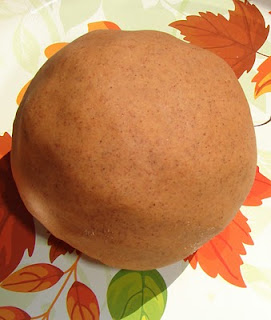Samhain -- different ways to celebrate. It's a great time of year to honor your ancestors and host a feast!
Some people celebrate it as Halloween, but for Practitioners, October 31 is typically known as Samhain. It's the old Celtic new year - sometimes called the Witch's New Year - and it's a time for honoring those who have crossed over into the spirit world.
This Sabbat has roots that go back thousands of years.
The evening of October 31 is known as Samhain. It's a time to mark the endless, ongoing cycle of life and death
Samhain falls on October 31, and is known as the Witch's New Year. You can celebrate it as the end of the harvest, and honor the return of the King of Winter.
Man's relationship with animals has evolved over thousands of years. Where once they were only a source of food, now they are our companions or food. Take a moment to honor the animal spirits in a ritual for Samhain.
For many Practitioners, the honoring of the ancestors is a key part of their spirituality.
In some Practitioner traditions, people choose to honor the God and Goddess, rather than focusing on the harvest aspect of the holiday. If this is something you'd like to do, this ritual welcomes the Goddess in her persona as Crone, and the Horned God of the autumn hunt.
Samhain is known as the witch's new year. It is a time to think about the endless cycle of life, death, and rebirth.
It's Samhain, and that means for many Practitioners it's time to commune with the ancestors.
Samhain is traditionally a time for divination. In many agricultural societies, divination was used to reveal the name of a suitor or potential mate, and were practiced in rural areas for centuries.
The Dumb Supper - A Feast With the Dead
In many Practitioner traditions, Samhain is celebrated with a Dumb Supper, or a Feast with the Dead. This is a solemn and sober occasion, and includes place settings for relatives and friends who have crossed over in the past year, as well as a chance to tell them what you never got to say.
Gods and Goddesses of Death and the Underworld
In many cultures, gods of the underworld and death are celebrated during the harvest time.
Mexico's Day of the Dead
Blended from Aztec tradition and Catholic ideals, the Day of the Dead is a Mexican holiday in which families remember their dead, place altars in their homes and decorate tombs in cemeteries. Although not common Practitioner paracticed, it's worth reading about because of the focus on man's own mortality and the idea of ancestor worship.
Samhain night is a great time to sit around a fire telling spooky stories.







RSVP for Samhain to add comments!
Join Traveling within the World